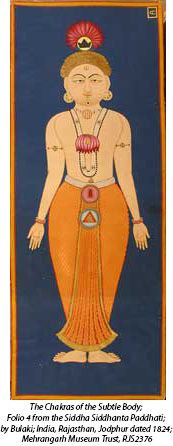Krishnamacharya and The First Yoga Video
Via Yogacityny
This week I’m going to change things up a bit and write about the “Yoga: The Art of Transformation” exhibit down in DC. If you haven’t heard yet, the Freer | Sackler Museum at the Smithsonian put together a “leitmotif” of two thousand years of yoga art.
The exhibit is amazingly great, with weathered sculpture from ancient temples to miniature paintings from the medieval era to post-structuralist reinterpretations of the colonial-era photos of costumed-up ascetics. If you’re a yogi with a bent for art or history, be sure to catch it.
For me personally one of the key insights of the exhibition and its supporting scholarship was how instrumental photography and film have been in the development of “modern yoga”. Few of us probably know that the modern, postural yoga we practice today was developed only in the 1930 – 50s, by Krishnamacharya and his successors. Fewer still probably know the extent to which these pioneers relied on photography and film not just to popularize their redefined yoga but also to develop it.
Prior to the 1930s, there were some seated postures and austerities described in ancient texts and performed by ascetics, but nothing like the aerobic sequences taught by Krishnamacharya and Jois. When pre-modern artists weren’t depicting deities, they would draw the body conceptually, as a map of the universe or subtle energy channels, like the Chakras and Nadis.
Read more here — YOGA

